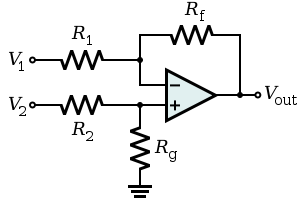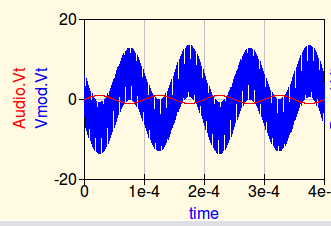First, someone posting a youtube video or a web page is orthagonal to good design. In fact, if it's not a professional web page, it's more likely to be crap. Think about it. The guy that knows what he's doing and builds a quick and dirty AM modulator doesn't think anything special about it and probably won't post a web page. The guy that spent two weeks on random trial and error is much more likely to proudly post "Looky me world, I done made a modulator!!!".
Second, AM modulation isn't a pure multiply. That would be double side band. If you express AM as a multiply, you have to add a offset. It can also be thought of as adjusting the volume of a oscillator on the fly, which is not that hard to realize in analog electronics.
Now for the circuit. A TL072 is not a great choice for 1.2 MHz signals. This is most likely what this guy had in his junk box, which is more evidence this is less than a professional design. Lack of component designators is another strong clue.
However, this circuit could actually work well enough, within the limitation of the low gain of the opamp at the carrier frequency. Note that when the pot is at center, it biases the opamp at 1.6 V. Now look at the common mode range of the the TL072 and see the large headroom it needs on both ends. I think what is going on is that the modulation is performed by clipping the carrier at a different level depending on the modulation signal. The pot is adjusted so that the carrier is just about half clipped off with no input signal. That allows the input signal to cause the carrier to go all the way from 0 to full while idling at 50%.
You're probably thinking that would introduce horrible distortion. Yes it would, but note that this distortion is in the carrier, which is a fixed frequency. When looking at the frequency spectrum, distortion shows up as harmonics, which will occur at all integer multiples of the carrier frequency. So this modulation scheme introduces a lot of distortion components with the lowest being twice the carrier frequency. However, the radio that receives this will simply reject those components because they are way out of band. This modulator makes a mess at other frequencies, but at the frequency of interest it looks like it can work well enough.
Something like this would never pass FCC tests due to the large amount of out of band crap it radiates. But if you're just doing this accross a room with a small antenna, then the crap won't go very far and probably won't cause enough trouble so that someone complains.





